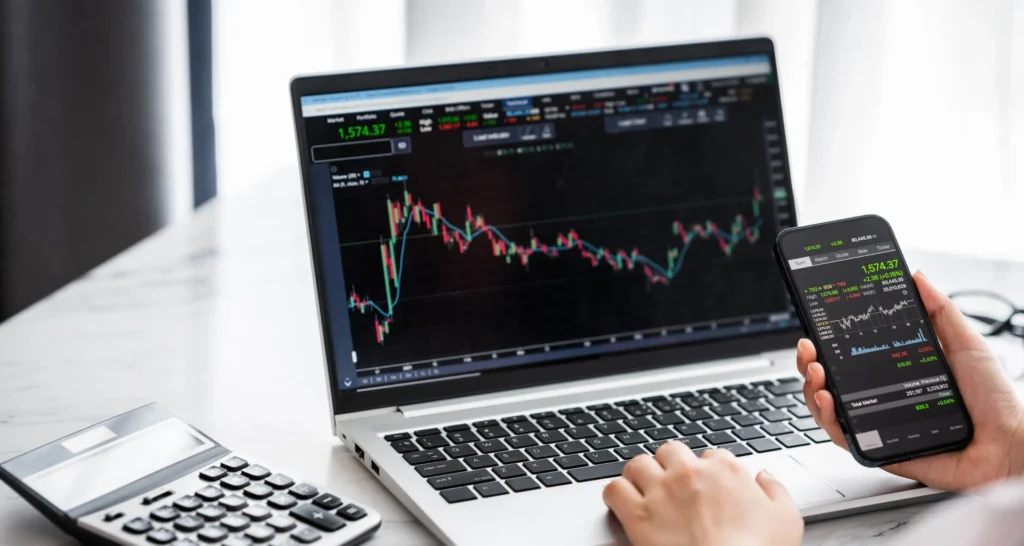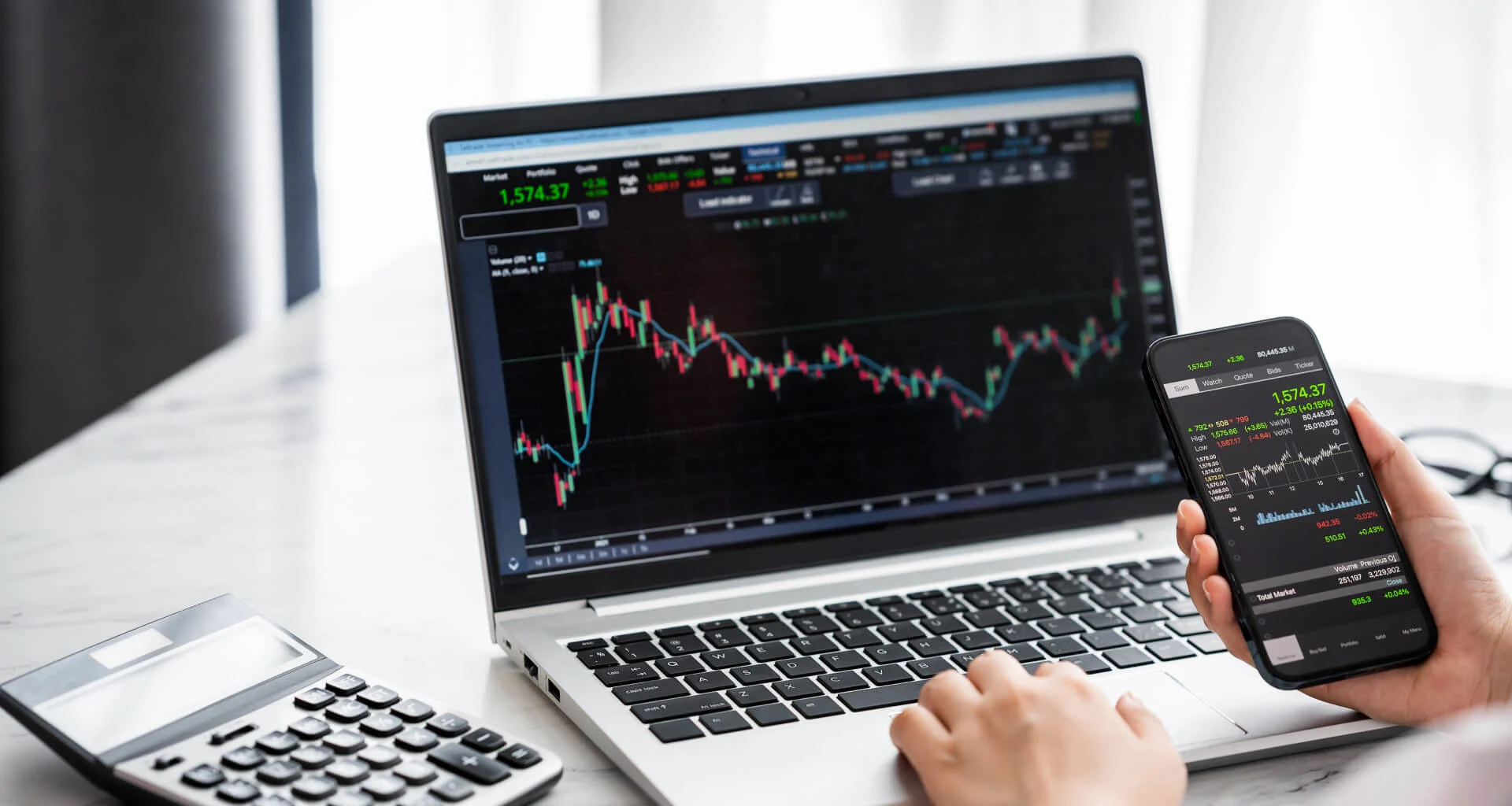
The foreign exchange market, commonly known as Forex or FX, is the world’s largest and most liquid financial market. With a daily trading volume exceeding $7.5 trillion (as of 2024), it dwarfs other financial markets like stocks and commodities. But what exactly is Forex trading, who participates in it, and how can someone get started? This blog dives deep into the fundamentals of the Forex market, offering a clear overview for beginners and aspiring traders.
What Is the Forex Market?
The Forex market is a global decentralized marketplace where currencies are bought and sold. Since currencies are the backbone of global trade and finance, Forex operates 24 hours a day, five days a week, facilitating international business and investment.
Unlike centralized markets like the New York Stock Exchange, the Forex market has no central exchange. It operates through a global network of banks, financial institutions, corporations, and individual traders, interconnected electronically and through telephone networks.
Currency Pairs and How They Work
Forex trading involves the simultaneous buying of one currency and selling of another. These are quoted in currency pairs:
- Major Pairs: These involve the U.S. dollar and other major currencies (e.g., EUR/USD, GBP/USD, USD/JPY).
- Minor Pairs: Pairs that do not involve the U.S. dollar (e.g., EUR/GBP, AUD/JPY).
- Exotic Pairs: Comprise one major currency and one from a developing or smaller economy (e.g., USD/TRY, EUR/THB).
Each currency pair has a bid and ask price:
- Bid: The price at which you can sell the base currency.
- Ask: The price at which you can buy the base currency.
The spread is the difference between these prices, and it’s essentially the broker’s fee.
Why Is the Forex Market So Popular?
- Liquidity: The sheer volume of daily transactions ensures high liquidity, meaning trades can be executed quickly with minimal price changes.
- Accessibility: With minimal capital, anyone can open a trading account with an online broker.
- Leverage: Forex allows high leverage (sometimes up to 1:500), enabling traders to control large positions with relatively little money.
- 24-Hour Market: The market operates continuously from Monday to Friday, following global time zones—from Sydney and Tokyo to London and New York.
- Volatility: The market is often influenced by global news and events, creating frequent trading opportunities.
Who Trades Forex?
The Forex market consists of a broad range of participants:
- Central Banks: They influence currency value by adjusting interest rates and controlling monetary policy.
- Commercial Banks and Financial Institutions: The bulk of Forex volume comes from interbank transactions.
- Corporations: Businesses engage in Forex to hedge currency risk on international operations.
- Hedge Funds and Investment Managers: These institutional investors trade Forex as part of diversified portfolios.
- Retail Traders: Individuals like you and me, trading from home or using mobile apps through brokers.
How Forex Trading Works
To trade Forex, you need a broker, a trading platform (like MetaTrader 4 or 5), and an internet connection. You predict whether one currency will rise or fall in value relative to another.
Here’s a simplified example:
Suppose the EUR/USD is trading at 1.1000. If you believe the euro will strengthen against the dollar, you buy the pair (go long). If the pair rises to 1.1100, you can sell and make a profit. If it falls, you take a loss.
Key Forex Trading Strategies
There are multiple approaches to trading in the Forex market. Here are a few popular ones:
1. Scalping
- Focuses on making dozens of small profits daily.
- Trades last seconds to minutes.
- Requires fast execution and low spreads.
2. Day Trading
- Positions are opened and closed within the same trading day.
- Involves technical analysis, chart patterns, and economic news.
3. Swing Trading
- Positions are held for several days to capture short- to medium-term price movements.
- Traders rely on technical indicators and market sentiment.
4. Position Trading
- Long-term strategy based on fundamental analysis.
- Trades may last weeks or months, often ignoring short-term market noise.
Risk Management in Forex
Trading in the Forex market can be lucrative, but it’s also risky. Volatility and leverage amplify both gains and losses. Therefore, sound risk management is essential:
- Use Stop Loss Orders: Predetermine the maximum amount you’re willing to lose on a trade.
- Proper Position Sizing: Don’t risk more than 1–2% of your capital on a single trade.
- Avoid Overleveraging: High leverage can wipe out your account quickly.
- Stay Updated: Economic news, central bank statements, and geopolitical events can drastically move currency prices.
Tools and Analysis
Forex traders rely on two major types of analysis:
1. Technical Analysis
- Involves reading price charts, indicators (like RSI, MACD), and patterns (head and shoulders, flags, etc.).
- Helps determine entry and exit points based on historical price movements.
2. Fundamental Analysis
- Involves studying economic indicators (GDP, inflation, interest rates), political events, and news.
- Helps forecast long-term currency trends based on macroeconomic conditions.
Many successful traders combine both approaches, using technical tools to fine-tune trades based on broader fundamental outlooks.
Choosing a Forex Broker
When selecting a broker, consider:
- Regulation: Choose a broker regulated by reputable bodies like the FCA (UK), ASIC (Australia), or NFA (USA).
- Trading Platform: Ensure they offer robust and user-friendly platforms.
- Fees and Spreads: Lower spreads and no hidden charges are ideal.
- Customer Support: Responsive support can be critical, especially for beginners.
Final Thoughts
The Forex market offers incredible opportunities for those willing to learn, practice, and manage risk. It’s not a get-rich-quick scheme, but with education, patience, and discipline, many traders find success in this dynamic market.
If you’re considering entering the world of Forex, start with a demo account, study both technical and fundamental aspects, and always trade with a risk-first mindset. The path to profitability may be challenging, but the lessons learned can be valuable well beyond the trading screen.


